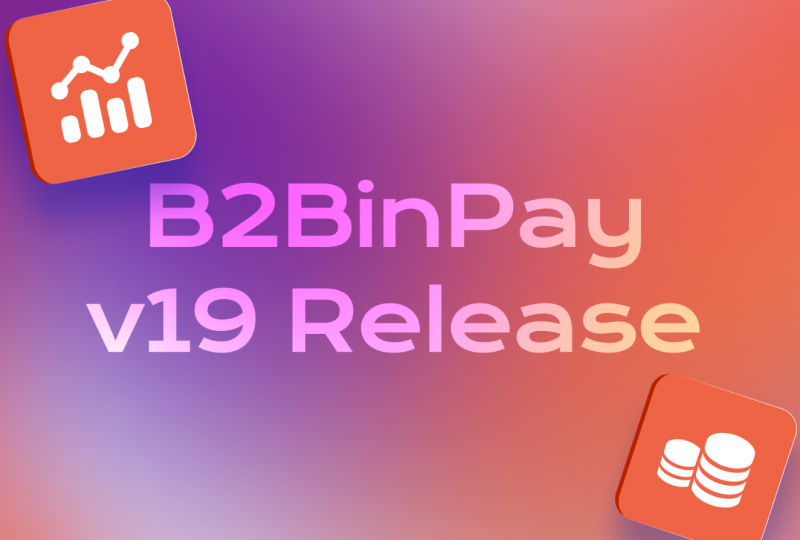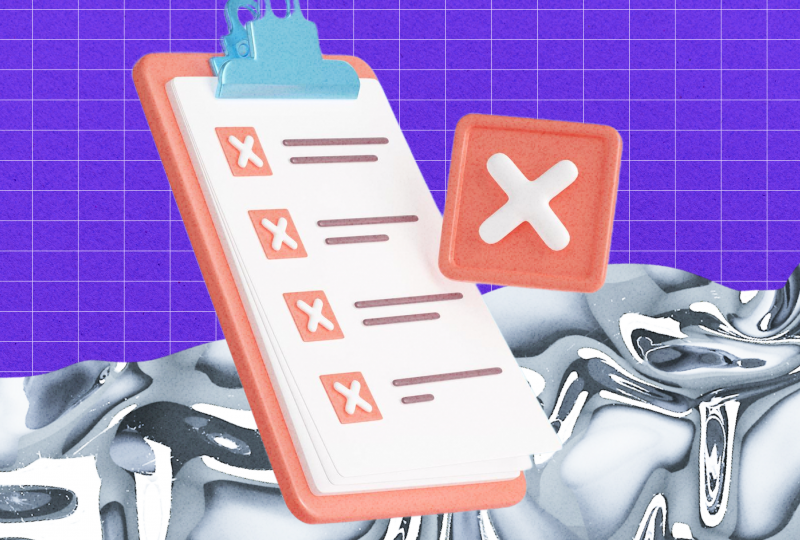Think the Federal Reserve Is Already Tightening? Not So Fast
Dec 22, 2021

There has been a lot of loose talk about the Federal Reserve tightening — much of it incorrect.
To begin, the Fed's actions do not represent monetary policy tightening, which will occur months from now.
Second, the widely anticipated tightening of short-term interest rate policy will be far from a tightening of monetary policy.
Finally, what is not appreciated is that a true tightening of liquidity in 2022 might result from an outright decrease of the central bank's balance sheet. That is not on the market's radar, but Fed watchers in the know are discussing it.
To begin, the Fed continues to ease monetary policy by purchasing Treasury and US agency securities, albeit in smaller quantities. Last week, the Federal Open Market Committee stated that it would reduce its monthly purchases of Treasuries and mortgage-backed securities by $20 billion and $10 billion, respectively, to $40 billion and $20 billion in January. At that rate, the Fed will complete its bond purchases in March.
Central bank purchases may be thought of as filling a bathtub; they give liquidity to the financial system by acquiring assets from investors, who subsequently invest the proceeds elsewhere. The faucet remains open, and the tub continues to fill. (Hold that concept for now.)
Thus, the Fed continues to extend its balance sheet, which had doubled to $8.7 trillion since March 2020, when it implemented emergency operations to counteract the pandemic's economic and financial repercussions. This is mostly due to the fact that it increased its holdings of Treasuries and MBS to $5.6 trillion and $2.6 trillion, respectively.
Once those improvements are complete, the Fed can proceed with raising the federal fund's target rate from its current floor of 0% -0.25%. (While this is not theoretically impossible, hiking the Fed's key rate while continuing to buy securities is like driving with one foot on the turbo and the other on the brake.) Even then, the Federal Reserve's policy will remain quite accommodative. According to the FOMC's "dot plot," the key rate would remain below its ostensible long-run inflation objective of 2% through 2023.
And, in a speech, last Friday, Fed Governor Christopher J. Waller stated, "I anticipate a rise in the federal-funds rate target range would be justified shortly after our asset purchases conclude." While Waller is the most recent appointment to the Fed's board, his views should be given additional weight as the previous director of research at the St. Louis Fed.
According to the CME FedWatch website, the fed-funds futures market believes liftoff should begin with a quarter-percentage-point rise in the target range, to 0.25 percent -0.50 percent, at the May 3-4 FOMC meeting, with a virtual coin flip for a hike at the March 15-16 confab.
More provocatively, Waller stated that the process of shrinking the balance sheet (i.e., draining the metaphorical monetary tub) might begin next year, far sooner than most Fed watchers and market players anticipate.
"I see no reason to postpone balance sheet correction," he explained. "I believe we can move much sooner and much more quickly" than the Fed did in 2014, he continued, as MarketWatch reported.
That would be the No. 1 surprise for next year, according to Matthew Hornbach, global head of macro strategy at Morgan Stanley, who issued a Top 10 list last Friday.




